The Rise of Co-Warehousing: What’s the Appeal?
Logistics experts shed light on this niche sector's growth.
Co-warehousing—or flexible warehousing—has risen as a practical solution for industrial users of all sizes, particularly for smaller ones. It serves as a way to both cut costs and provide answers to smaller companies that don’t have the resources to access Class A inventory in today’s highly competitive industrial market.
Demand for flexible space has always been there to some degree, Matt Wirth, senior managing director at JLL, told Commercial Property Executive. However, there’s never been a product type that satisfies the specific needs of users who want smaller spaces or facilities that could easily accommodate growth. The rise of e-commerce in the past couple of decades spurred expansions for small businesses, quickly accelerating demand for flexible industrial facilities.
Companies such as Saltbox—which provides flexible warehousing spaces—or Flexe—an omnichannel logistics provider—built their business models on supporting these needs, albeit in entirely different ways. Others have leveraged their existing structures to capitalize on this new trend. A year ago, Capstone Equities launched Portal Warehousing—a logistics platform for small e-commerce businesses, with a first location in Salt Lake City.
How can flexible warehousing help businesses thrive?
There are 33.2 million small businesses in the country, the latest data from the U.S. Chamber of Commerce shows. In e-commerce, nearly 95 percent of direct-to-consumer companies have a revenue of less than $5 million, according to Saltbox Co-Founder Maxwell Bonnie.
“At that scale, the operations become an opportunity cost to growth, resulting in companies stalling out at that size,” Bonnie said. “We aim to reduce that opportunity cost by making scaled up logistics infrastructure available earlier in a company’s growth.”
Co-warehousing gives small businesses a feeling of control over their fixed costs, providing them with the possibility to downsize or upsize based on their needs. Furthermore, they can do that while enjoying all the amenities that come with a modern co-warehousing facility. The intrinsic dynamic positioning of flexible warehouses allows users to take advantage of all the qualities the industrial sector benefits from, while also providing amenities that are usually found in office or retail spaces, according to Gridline Properties Partner & Senior Associate Mateo Romero.
“For example, a user could be a design firm that could use the space as an office and production area with a 3D printer, or a furniture company that has offices and a showroom area for its products,” Romero suggested.
Additionally, the flexible model can make supply chains more efficient for small businesses, which often do not have the resources or expertise to manage logistics without help, Wirth believes. These spaces can also create an incubator-type environment—similar to flexible office—which allows for collaboration and accelerates innovation, noted Wirth.
Saltbox, for example, provides spaces for users at various stages of growth, with a heavy emphasis on small- and medium-sized e-commerce clients. Suites in Saltbox warehouses typically range between 150 square feet to more than 1,000 square feet. At the company’s Arden Hills, Minn., location, small businesses can operate from private warehouse suites ranging from 70 to more than 1,000 square feet, depending on their needs. Moreover, all users have access to daily carrier pickups, loading docks, conference rooms and flex storage space.
“We believe that more small businesses can become big businesses if service providers can support them earlier in their growth,” Bonnie told CPE. “Our goal is to simplify the typical logistics challenges with human-centric services and community-focused workspaces,” he said.
READ ALSO: Nearshoring Is Boosting Supply Chain Resilience
Bonnie is convinced that it is not enough to simply build spaces that small businesses can operate in. The interior design and the amenities available need to make users and their employees want to work from these flexible spaces, ultimately contributing to improved retention rates for both Saltbox and its members.
Recently, some large enterprises also began to show interest in this niche product, Bobby Norwood, director of capital markets with JLL, noticed.
“It’s starting to show up as a solution for bigger users wanting to flex in/out of small footprints in many locations,” he said. “For those that are able to exit traditional leases, I believe it will be a boon for co-warehousing operators.”
Overcoming challenges
Building is expensive in today’s high interest rate environment, both from an industrial real estate valuation standpoint of retrofitting an older building, as well as from the cost of construction if building new, Wirth noted. Therefore, it is crucial to match existing supply with demand.
Flexe’s business is focused almost entirely on large enterprises. Through its proprietary platform, the company connects warehouse operators with users, providing scalability to the industrial and logistics market.
“Enterprises experienced unprecedented shifts in consumer buying patterns over the past two years—and they are still feeling the effects,” said Flexe Director of Logistics Strategy Jordan Lawrence. “Rising supply chain costs, inventory inefficiencies and inaccurate forecasts disrupt and pressure margins. So, it is critical that supply chain leaders manage existing resources efficiently and avoid long-term mismatches between inventory and available industrial space,” Lawrence added.
Markets that benefit the most from co-warehousing
After successfully closing on a $35 million Series B financing round, Saltbox opened new locations in markets that have vibrant small business communities to help them scale e-commerce operations in their early stages of growth.
The Minneapolis-St. Paul metro and the larger Ramsey County area are home to an abundance of growing small businesses and entrepreneurs, so opening the Arden Hills location was a priority for Saltbox. With its booming economy, Miami metro was also on the list of new locations for the company. Most recently, Saltbox entered the Phoenix market—its 12th location nationwide—with a 110,000-square-foot facility in Tempe, Ariz., which continues to play a pivotal role in the nation’s logistics infrastructure and has enjoyed a remarkable start-up growth, according to Bonnie.
Meanwhile, Flexe has been focusing on enterprise capacity solutions and providing logistics programs to expanding distribution and fulfillment businesses. Port markets are the most opportune locations for such an operation, according to Lawrence. “The eastern port markets offer great opportunities as shippers shift inbound strategies from the West Coast to the East Coast. This also creates a mismatch in warehouse capacity—particularly in markets like Norfolk, Va.,” he added.
Lawrence believes that these supply imbalances will likely offer good opportunities for both investors and operators in the coming years, particularly as reshoring and nearshoring efforts continue. Enterprises preparing for peak activity often need to expand in new markets, which is a costly action, but flexible solutions can ease this cost and give users room to meet demand spikes or test new markets.
Going forward, flexible warehousing will likely become its own subsector within the larger industrial market by providing an answer to a constant challenge: matching fixed, capital-intensive resources with volatile and unpredictable demand, Lawrence concluded.


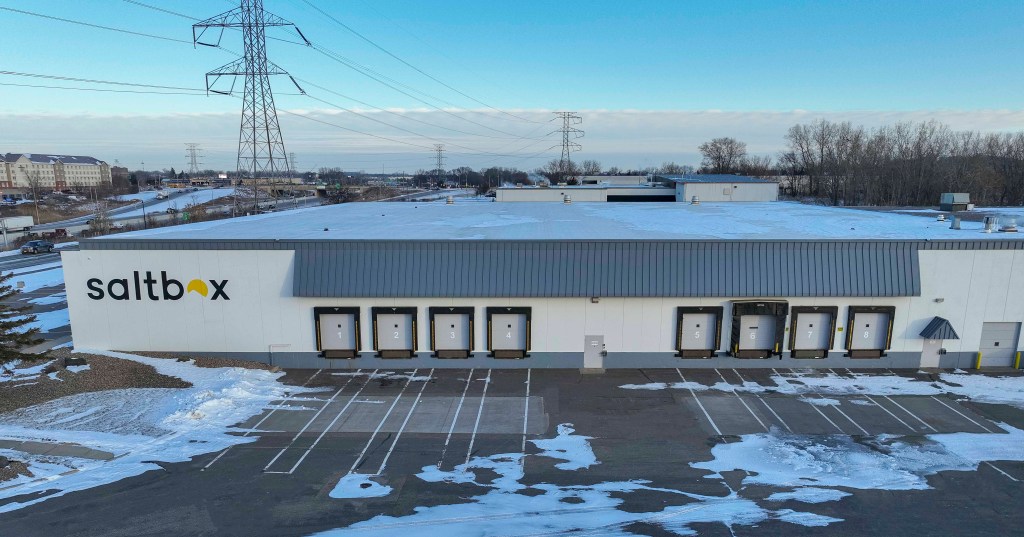

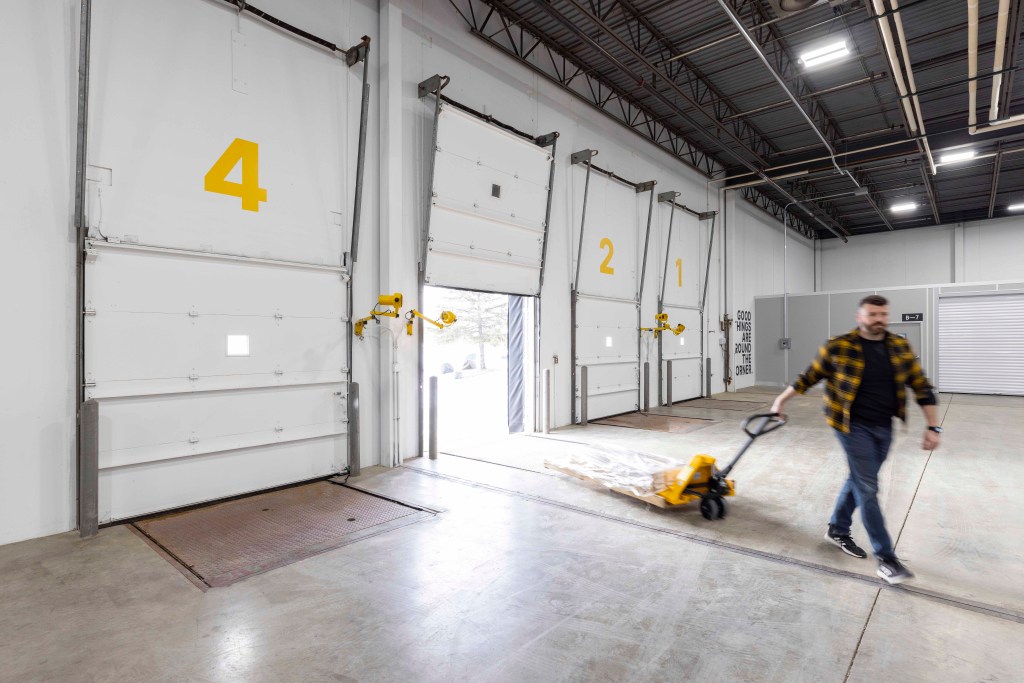
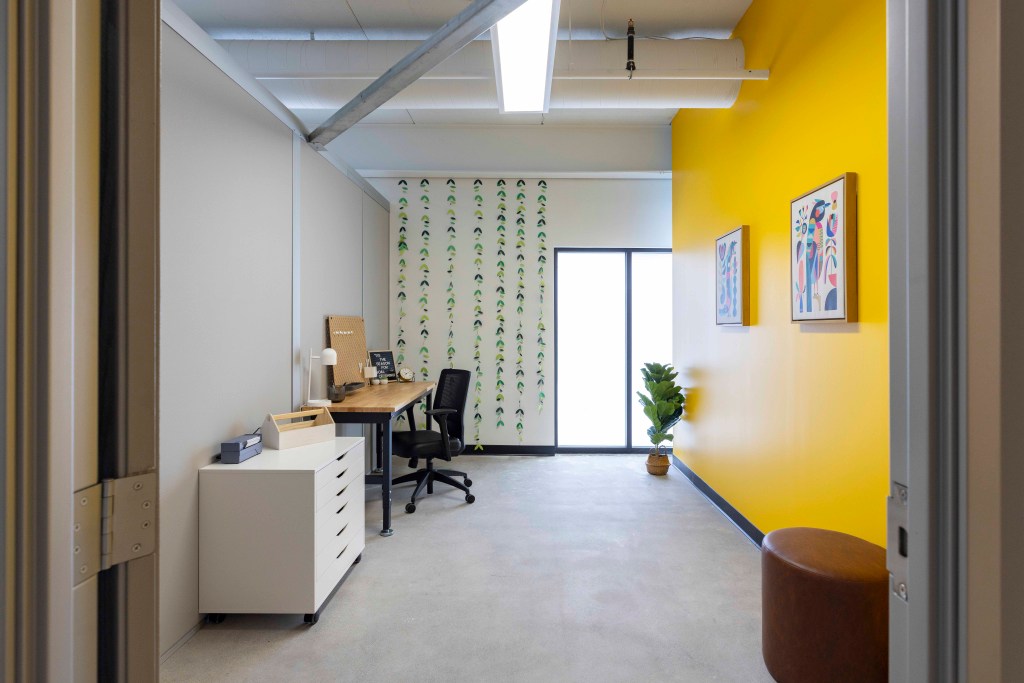



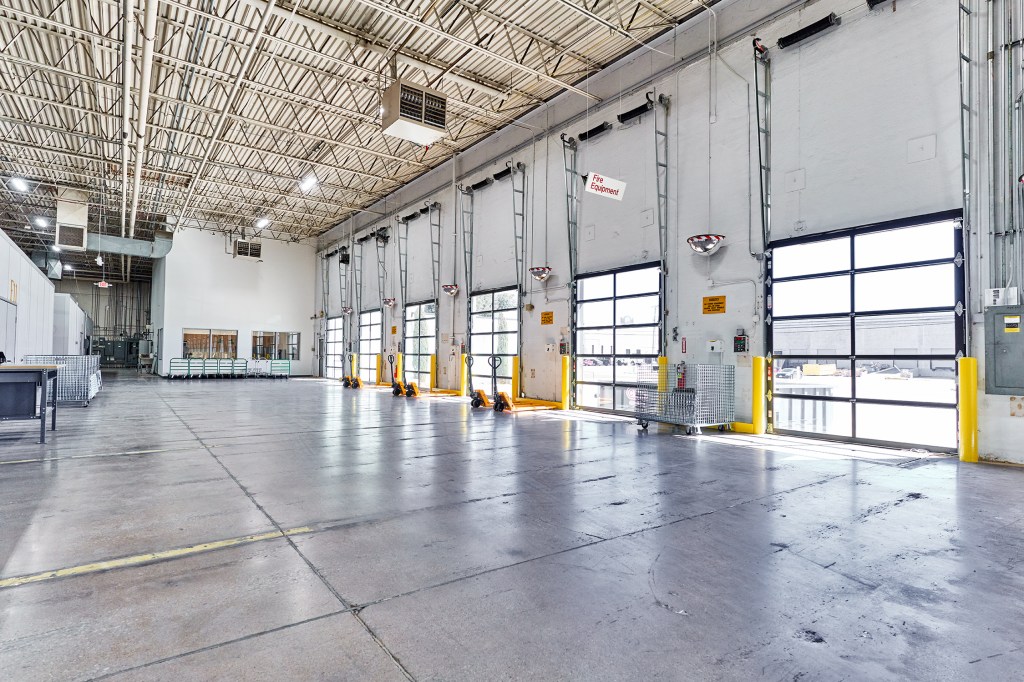
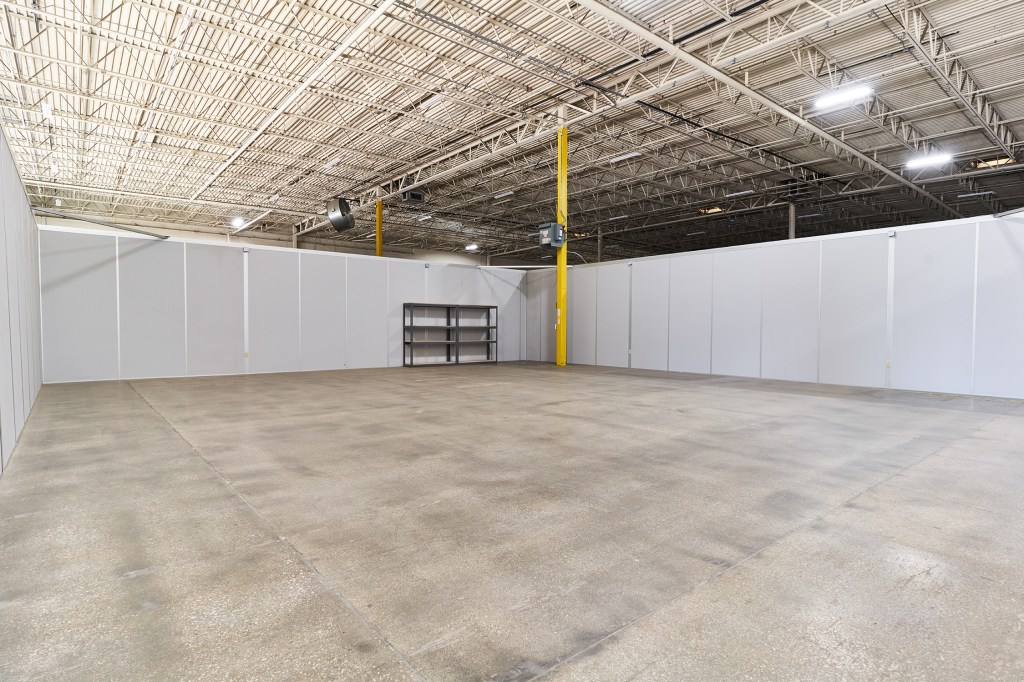







You must be logged in to post a comment.